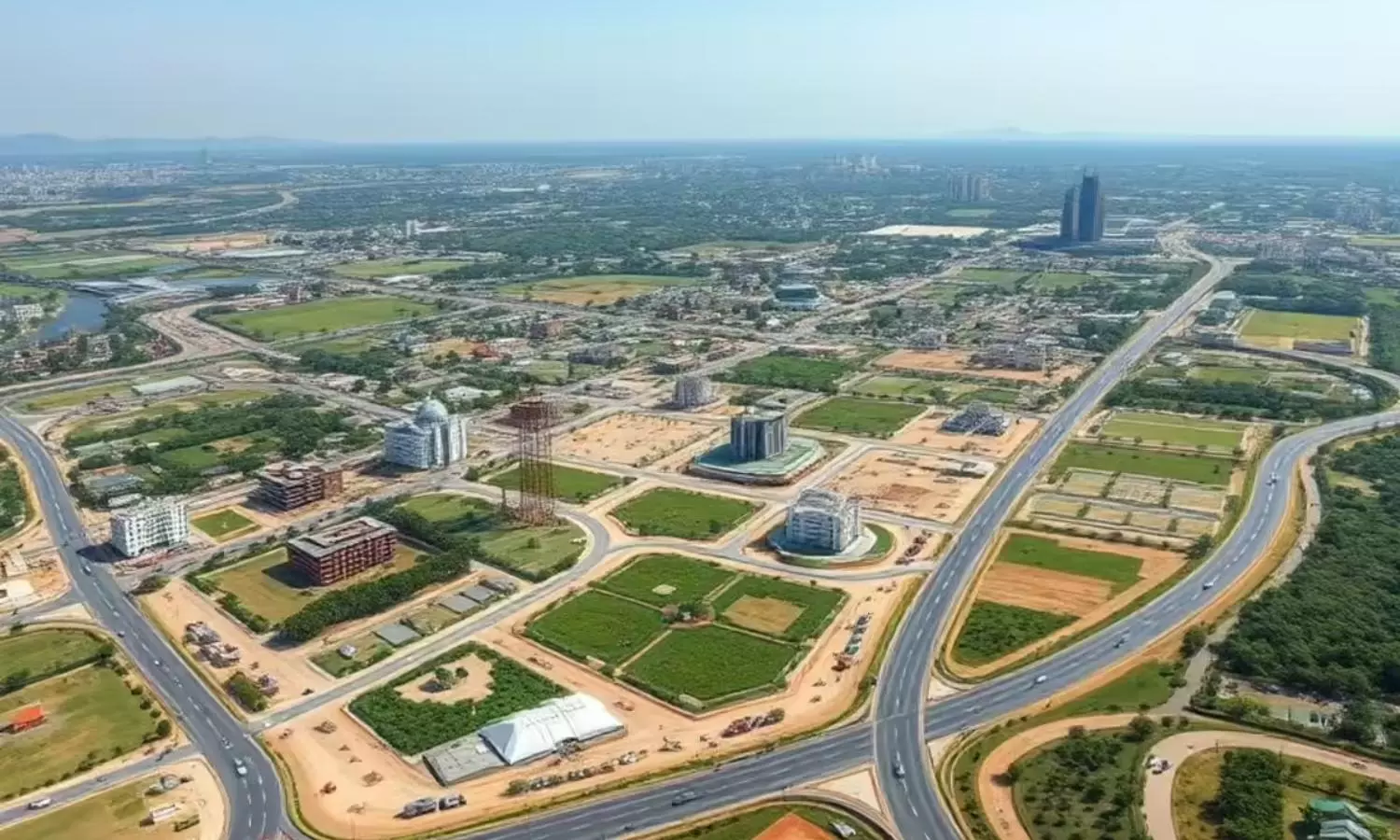It’s official. NASA’s Fiscal Year 2026 Discretionary Budget Request (FY 2026) has been released, and the news is decidedly mixed. In a previous articlewe examined the FY 2026 Budget Request (released on May 2nd) and its recommendations for the coming year. With the release of the FY 2026 Budget, what was previewed and the anxiety it caused for many have been confirmed. While the Budget bolsters funding for NASA’s exploration programs for the Moon and Mars, it also contains deep cuts to many other programs and the cancellation of key elements in NASA’s Moon to Mars architecture.
In addition to reducing NASA’s overall funding for the coming year, the Budget calls for the cancellation of the Space Launch System (SLS), the Orion spacecraft, and the Lunar Gateway. It also contains deep cuts for environmental science, education and outreach, advanced research, and other areas deemed as “low-priority.” Lastly, the Budget contains significant cuts to NASA’s workforce, its information technology services, NASA Centers, facility maintenance, and construction and environmental compliance activities.
The Budget is detailed in a series of documents that are available on NASA’s website. These include a copy of the FY 2026 Discretionary Budget Request, a Budget Request Summary, a Technical Supplement, an Agency Fact Sheet, and Mission Fact Sheets. The priorities are spelled out clearly, with an emphasis on returning astronauts to the Moon sooner than China and beating them to Mars. Streamlining the budget is also emphasized, as is transitioning mission elements and technology to commercial space.
To break it down, the Budget allocates $18.8 billion to NASA for fiscal year 2026, a reduction of $6 billion (or about 25%) from last year. This includes $8,312.9 million for Human Space Exploration, an increase of $646.7 million from last year. For Space Operations, the budget for FY 2026 is $3,131.9 million, a 35% reduction from FY 2025. This includes $920 million for the International Space Station (ISS), a reduction of $320.5 million (or 35%) from last year. Space Transportation faces similar cuts, with a reduction of $452.3 million (35%) from last year. Space and Flight Support (SFS) faces even deeper cuts, with a 55% reduction ($359.3 million).
Only Commercial LEO Development will see a $43.9 million boost in funding (19%) compared to FY 2025. The cuts are especially deep for Space Technology, which faces a reduction of almost half (48%). This reflects the current administration’s proposed cancellation of advanced propulsion research, which it identified as “better suited to private sector research and development.” The same is true for Science programs, which face overall cuts of about 47%. This is spread between Earth Science (cut by 52%), Planetary Science (31%), Astrophysics (~65%), Heliophysics (46%), and Biological and Physical Sciences (62%).
Only the STEM Engagement program faces cancellation, with a 100% cut to its funding. This was previewed in the Discretionary Request, which characterized the program as an example of “woke STEM programming and research that prioritizes some groups of students over others and have had minimal impact on the aerospace workforce.”
Of the $8.3 billion allocated to Human Space Exploration, over $7 billion is earmarked for the Artemis Program and lunar exploration. This is subdivided into $4,894.6 million for the Moon to Mars Transportation System (a 2% increase), $2,815.4 million for Moon to Mars Systems Development (a 1.5% increase), and $602.9 million for Human Exploration Requirements & Architecture (a 640% increase). The Budget also specifies that the SLS, Orion, and Gateway will be retired after the Artemis 3 mission.
Returning astronauts to the Moon and ahead of China (which plans to land the first taikonauts there in 2030) is emphasized repeatedly. Beyond this, the goal is to transition the Artemis program “to a more sustainable, cost-effective approach to lunar exploration” by devoting funding to “next-generation commercial systems.” In short, NASA is being directed to discontinue work on the key systems it has been working on since 2010 (or earlier) and outsource its lunar exploration plans to commercial developers.
The Budget similarly emphasizes the need to send astronauts to Mars ahead of China.
allocates $1.13 billion for Mars-related technologies that will enable crewed exploration missions in the coming decade and after. This includes $120 million to continue robotic missions and instruments that will help prepare for crewed missions, $200 million to develop a near-term entry, descent, and landing (EDL) demonstration for a crewed Mars lander, and $350 million to accelerate the development of Mars-related technologies.
Other allocations include $50 million to lay the groundwork for space suits tailored to the Martian environment and $80 million to accelerate development of computers, surface communications, advanced surface power generation concepts, and technology development prizes. Another $250 million is allocated for starting commercial payload deliveries and commercial partnerships with industry for human transportation systems.
Whereas most of these allocations continue programs that have been in progress for more than a decade, the allocation of funding for payload deliveries and human transportation systems is reminiscent of NASA’s commercial programs that target the Moon. There too, the Trump administration has always preferred outsourcing capabilities to commercial partners, mainly SpaceX. This includes the contract for the Starship HLS and the launch of the Lunar Gateway’s core elements, which became necessary due to Artemis’ expedited timetable.
This latest allocation is clearly intended to advance the development of the Starship * and similar technologies. Similarly, the boost in funding for Commercial LEO Development is likely motivated by the need to construct orbital refueling capabilities, which are essential to the Starship*’s mission profiles. This includes transporting astronauts to the Moon as part of Artemis III and IV, and sending passengers and payloads to Mars.
Science & Technology
Under the new budget, over 40 “lower-priority” missions will be eliminated, including the Mars Sample Return (MSR) and the Landsat Next mission. The proposed cuts to Astrophysics led to trepidation that certain advanced science missions would also be cut. Luckily, the Budget stresses that “high-impact missions” are safe, which includes the James Webb Space Telescope (JWST), the venerable Hubble Space Telescope (HST), and the Nancy Grace Roman Space Telescope (RST).
Similarly, the Dragonfly mission that will depart in 2028 to explore Saturn’s moon Titan is safe, as is the NEO Surveyor mission that will begin detecting potential hazardous asteroids and comets to Earth no earlier than 2027.
> To achieve these objectives, the Budget would streamline the NASA workforce, information technology services, NASA Center operations, facility maintenance, and construction and environmental compliance activities. The Budget also terminates multiple unaffordable missions and reduces lower priority research, resulting in a leaner Science program that reflects a commitment to fiscal responsibility.
Further Reading:NASA








